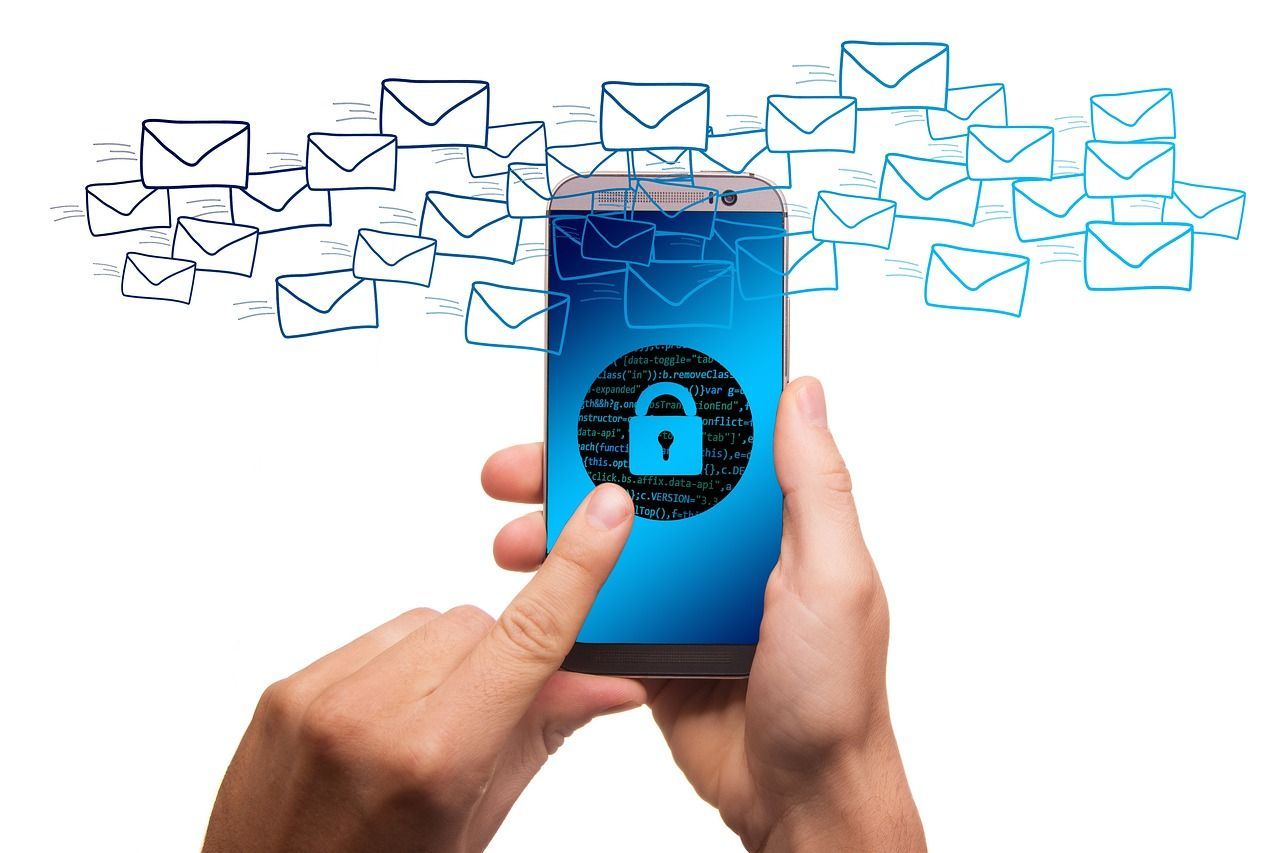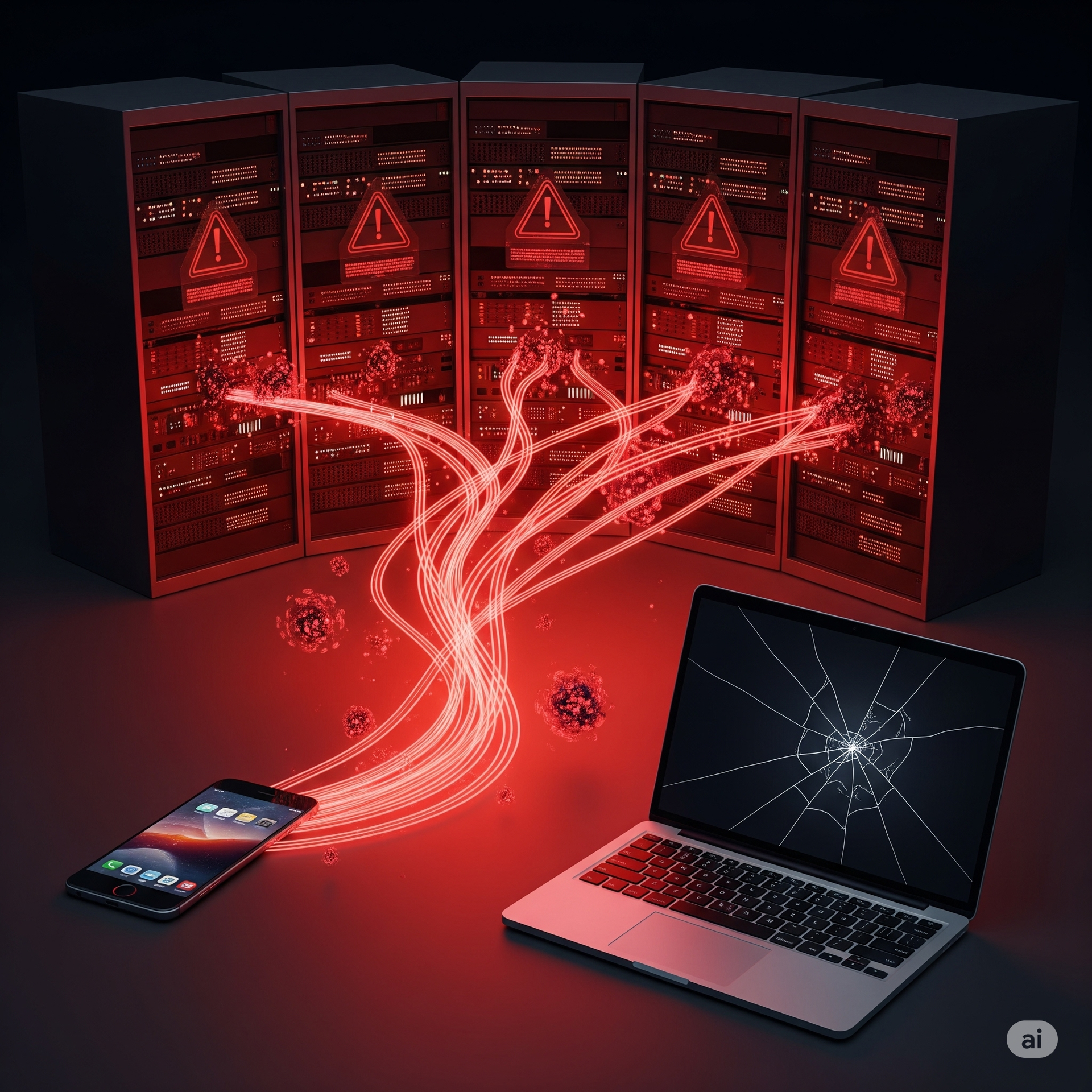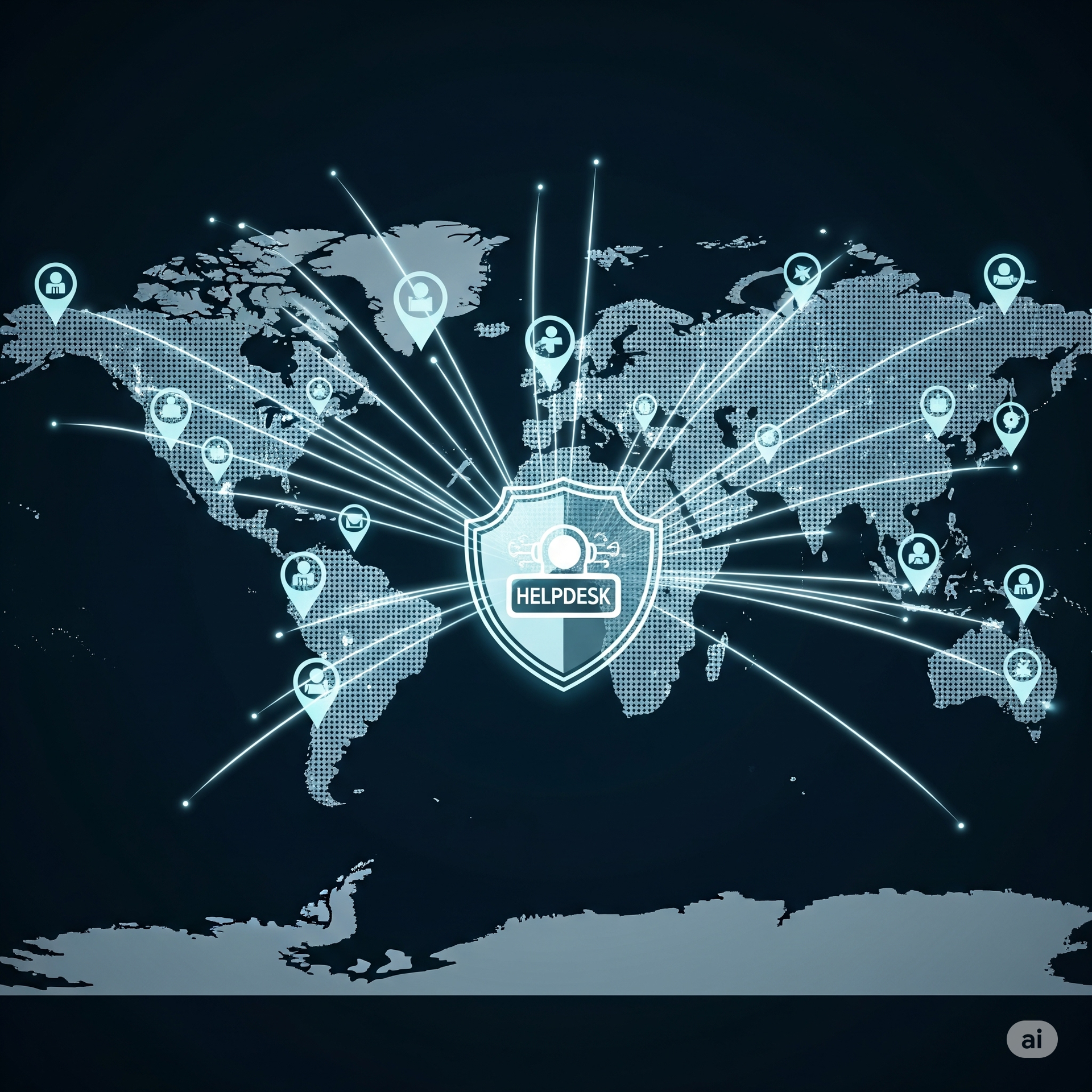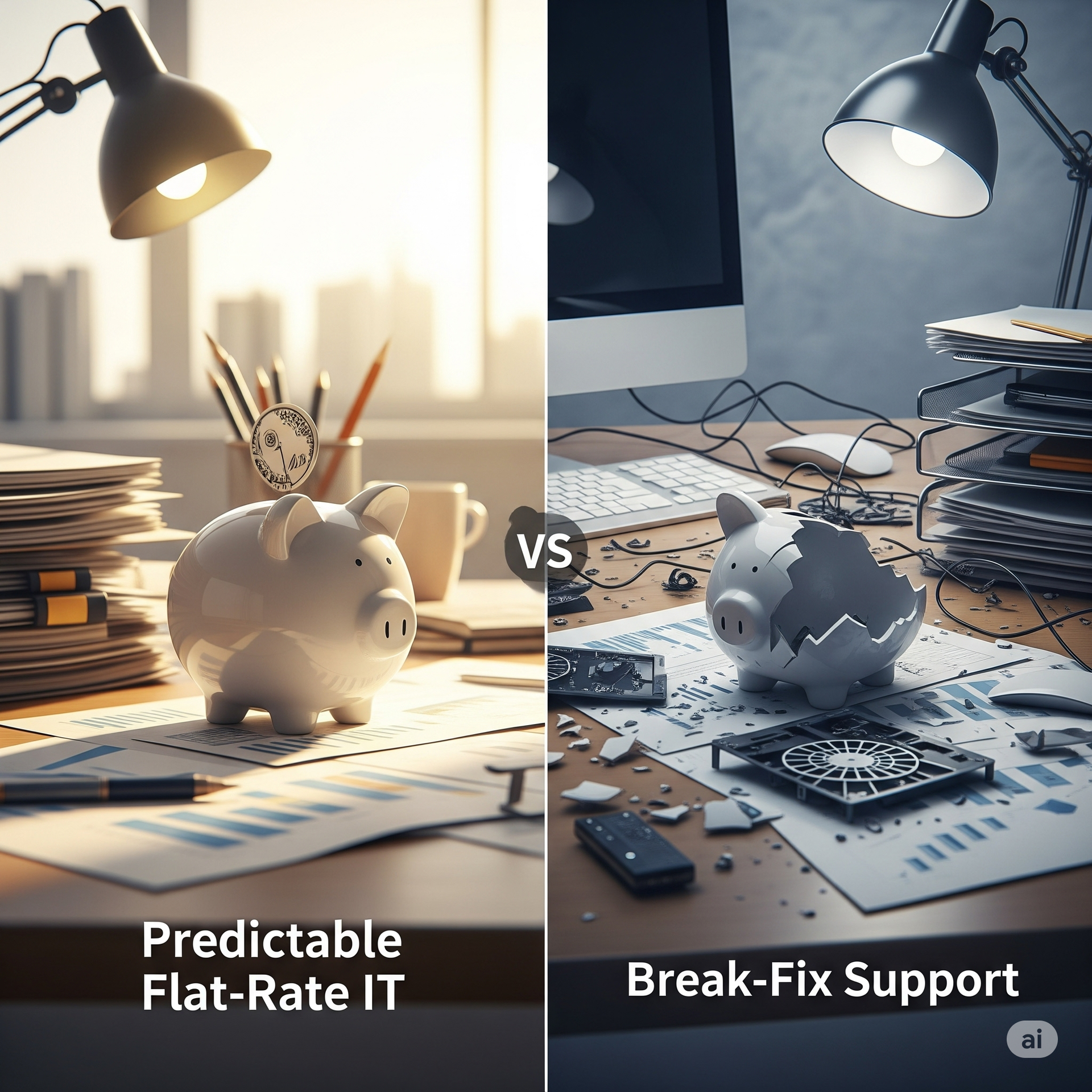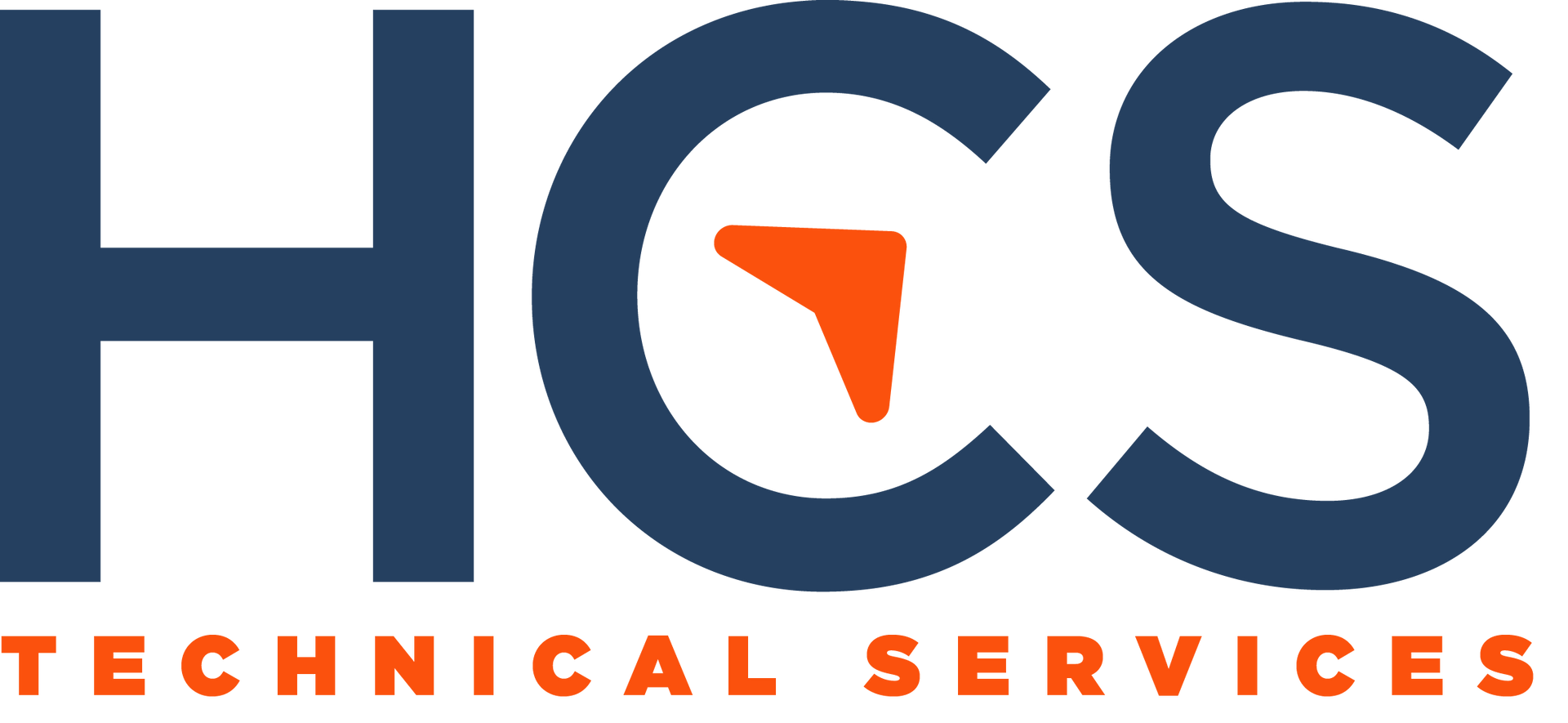Your Ultimate Tech Travel Checklist: Stay Connected and Secure on the Go
Don't let tech issues spoil your next big trip

Traveling with technology has become an essential part of our lives. From staying connected with loved ones to navigating unfamiliar cities, our devices play a crucial role in making our trips enjoyable and stress-free. However, without proper planning, you may find yourself dealing with lost devices, missing chargers, or even data breaches. To help you travel smarter and more securely, we've created a comprehensive tech travel checklist that will ensure you're ready for anything.
Secure Your Devices Before You Go
Before embarking on your journey, take the time to fortify your devices against potential threats. Install antivirus/anti-malware software, enable DNS filtering, and set up a screen lock with a strong passcode. Turn off sharing features and activate the "Find-My-Device" feature to locate your device if it gets lost or stolen. By taking these proactive steps, you'll have peace of mind knowing your data is protected.
Ensure Uninterrupted Power
There's nothing worse than running out of battery when you need your device the most. To avoid this, bring a backup charger for your laptop, tablet, or phone. Consider investing in a small charging battery that can give your phone a boost in a pinch. By having a reliable power source, you'll never miss a moment of your trip due to a dead battery.
Stay Connected with the Right Mobile Plan
If you're traveling internationally, check with your mobile carrier about your plan's coverage and rates. Opt for an international plan or consider setting up a VoIP app to make calls and send texts using an internet connection. This way, you can stay in touch with friends, family, or your office without worrying about exorbitant fees.
Protect Your Data with a VPN
Public Wi-Fi networks can be a lifesaver when you're on the go, but they can also put your data at risk. Hackers can easily intercept your information on unsecured networks, which is why using a virtual private network (VPN) is crucial. A VPN encrypts your data, keeping it safe from prying eyes. Invest in an inexpensive VPN plan to ensure your online activities remain private.
Be Prepared with Essential Apps
Before you leave, download and update the apps you'll need during your trip. This may include airline, train, hotel, theme park, or city tourism apps. Having these apps readily available will keep you informed about gate changes, reservations, and local attractions. Download them while you're on your home Wi-Fi to avoid potential reception issues.
Back Up Your Data
Accidents happen, and losing a device while traveling can be devastating. To minimize the impact, back up your data to the cloud or local storage before you leave. This way, even if your device is lost, stolen, or damaged, you won't lose your valuable information. Plus, you can easily wipe your device remotely if needed, knowing your data is secure.
Utilize the Buddy System
When traveling with others, use the buddy system to ensure everyone has their devices and chargers before leaving a location. If you're traveling solo, ask a friend or family member to check in with you regularly. A simple text reminder to grab your charger or turn on your VPN can go a long way in preventing digital travel mishaps.
By following this tech travel checklist, you'll be able to enjoy your trip with confidence that your devices are secure and you're prepared for any situation. From protecting your data to staying connected with loved ones, these tips will help you make the most of your technology while on the go. Don't wait until it's too late – start improving the security of your devices now. Contact us for personalized device security solutions tailored to your needs.
HCS Technical Services
